Why F1 has become everyone’s latest obsession
A leading luxury group’s new 10-year partnership with Formula 1 cements the symbiotic relationship between fashion and sport. But what is it about the elite pursuit that has everyone from all of cultural spheres racing to be trackside?
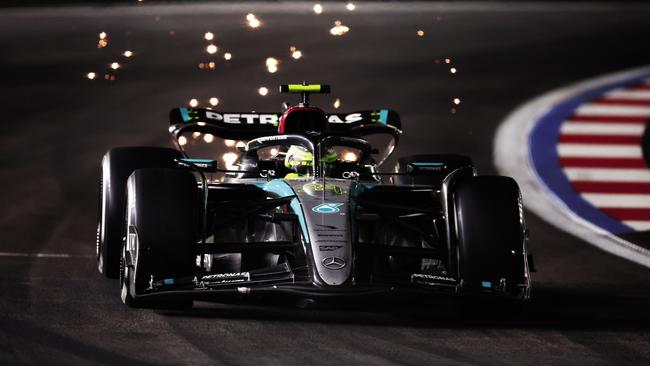
When Australian race car driver Daniel Ricciardo crashed out of the Japanese Grand Prix last year, Ali Whittle felt it. The Sydney-based luxury beauty and fashion content creator happened to be holidaying in Japan at the time of the race, and given her new-found obsession with F1, courtesy of the Netflix docuseries Drive to Survive, she couldn’t miss the chance to experience the sport in real time, and real life.
“I did get very upset,” she admits. “I was upset for the whole day after that because his career has been so up in the air and then a few months later he left [the Oracle Red Bull racing team],” she trails off. She’s still upset about it, to be frank.
Like Whittle, many freshly minted F1 superfans have binged Drive to Survive. The behind-the-scenes series helped turn the sport into a global cultural touchpoint, shaking up what had previously been its somewhat corporate image. Crucially though, the show’s fly-on-the-wall filming style – along with coverage on social media – humanised the drivers and teams.
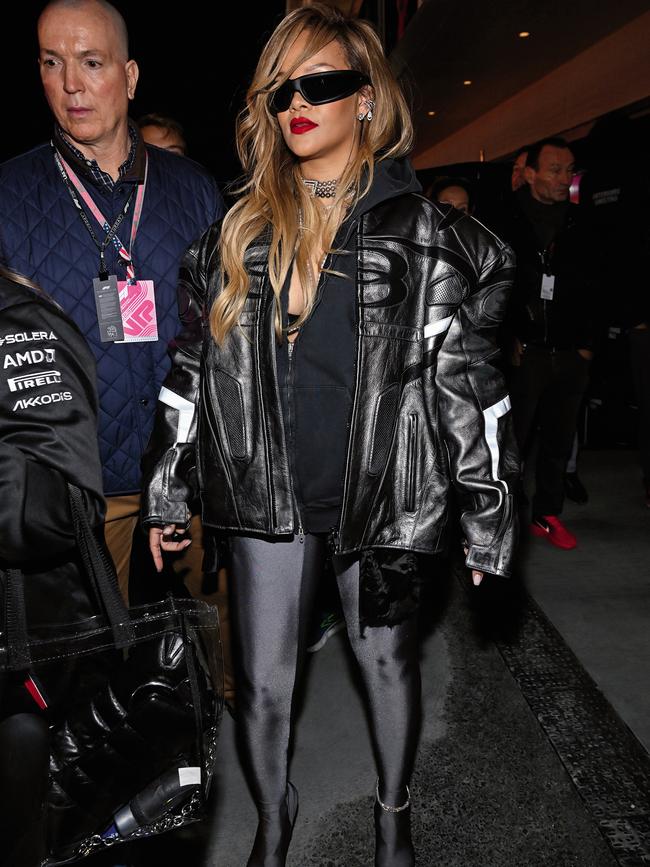
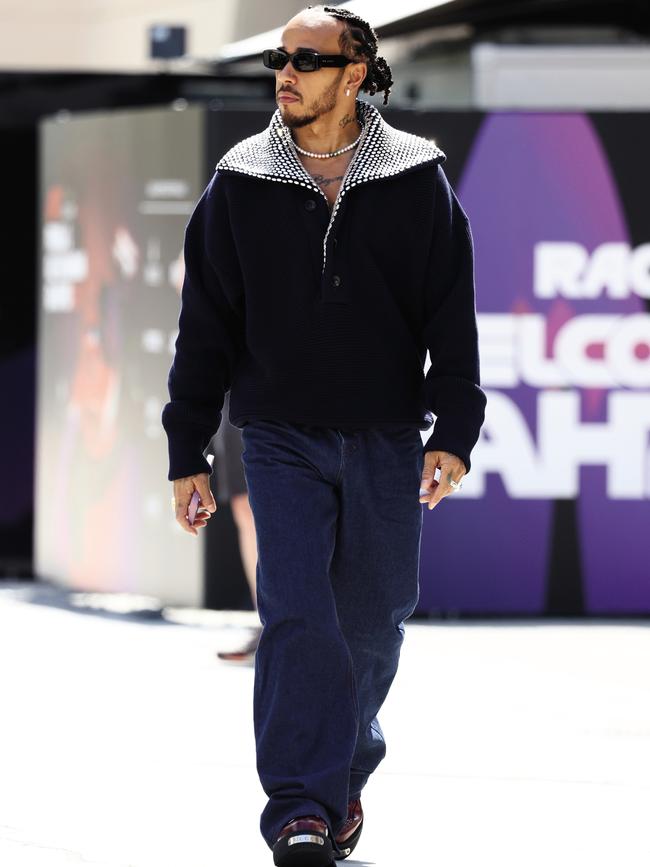
According to F1’s parent company Liberty Media, fan attendance now reaches six million, up five per cent since 2022. Beyond that, it brings in 1.5 billion global television viewers and commands 70.5 million social media followers. What’s more, the audiences are getting younger – F1 estimates 42 per cent of its fan base is under 35 – and the sport is attracting more women than ever before. Female fans now make up around 41 per cent of the fan base, up from 37 per cent in 2018. Some of them attend races wearing beaded friendship bracelets with their favourite driver’s colours, Taylor Swift Eras Tour-style. More women are driving too – or want to – with the likes of trailblazing beauty entrepreneur Charlotte Tilbury investing heavily in the F1 Academy, a racing league that develops female drivers. The rise in popularity should be no surprise. After all, F1, and indeed all elite sport, is an extreme example of human effort.
It’s this spirit that Antoine Pin, chief executive of Swiss watch brand Tag Heuer, holds dear. This month’s Melbourne Grand Prix will be the first race with Tag Heuer returning as the official timekeeper of the F1. (The brand previously held the role from 1992 to 2003.) Its comeback follows the announcement last October that the brand’s parent company, LVMH has signed a major 10-year partnership with the sport. As Frédéric Arnault, chief executive of LVMH Watches, said at the time, “Formula 1 has truly become one of the most desirable sports in the world.”

The humanness of F1, the extremeness of the sport and all its epic highs and lows is what Pin sees as a rare and appealing example of an overused word in the world of luxury: authenticity.
“I think these days there is this difficulty to address the authenticity of the world … I think there is something brutal in Formula 1. There is something extremely real. You don’t hide away. When the driver shouts on the radio during the race, there is no being nice or no giving the best of your face. There is just competition. Rough competition,” he tells Vogue Australia. “I think that’s what people feel. There is something that is true about this competitive mindset, about this desire to be first. And with that is pushing them to the limit.”
Tag Heuer’s connection with F1 racing began decades ago. Jack Heuer, great-grandson of the brand’s founder, Edouard, peddled stopwatches around racing tracks from the late 1950s. Since then, some of the brand’s best-known collections have been named after the sport – among them the Monaco, the Carrera and, of course, the Formula 1. In his time, Jack also famously gifted gold Carrera watches to winning Formula 1 drivers such as Jacky Ickx and Ronnie Peterson.
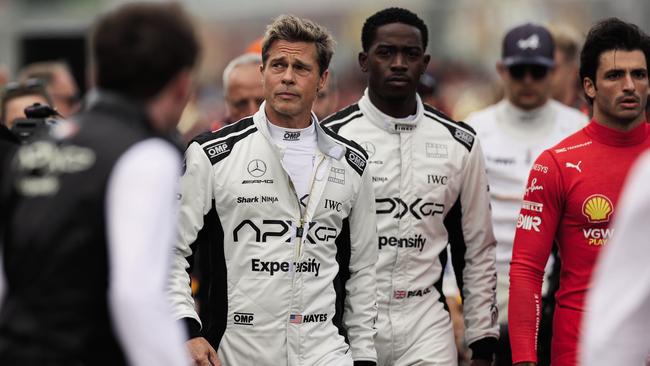
Tag Heuer was also the first watchmaker to partner with an F1 team. “It’s all about this capacity to surpass yourself,” says Pin of the luxury watchmaker’s affinity with the sport. “And I think, for me, Tag Heuer is the brand that expresses this more than any other.”
The partnership follows LVMH’s $241 million investment in the 2024 Paris Olympics and is indicative of the increasingly symbiotic relationship between sport, fashion and culture. It makes sense. According to a recent study by industry publication The Business of Fashion, the global sports-sponsorship market is expected to grow from US$63.1 billion in 2021 to US$109.1 billion by 2030.
London-based stylist Nayaab Tania started her digital marketing agency 9inety6ixagency primarily to expand her connections with athletes. Working with European footballers and musicians, she helps clients with image consultancy, overhauling personal style and securing the right invitations.
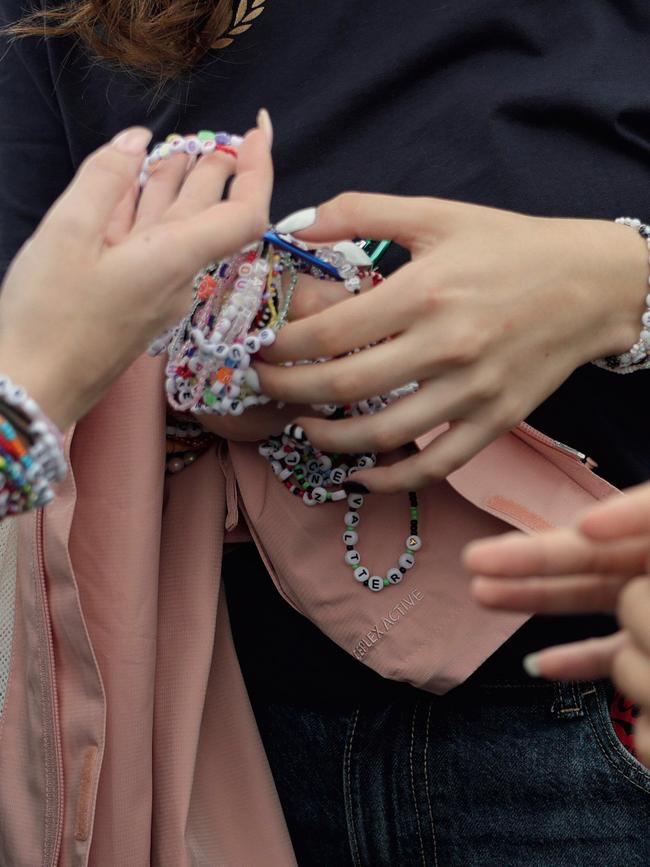
Athletes, Tania says, are the “biggest influencers of them all as they all have a global presence, and with it, the ability to create trends and influence millions with one single post, which is what makes a perfect brand ambassador”. The F1, she adds, is another level. “I was in Monaco during F1 last year with a few clients and saw how the F1 pit lane and grid walks have become like red carpets. F1 is the epitome of luxury.”
Now, both big-name and rookie athletes can be spotted front row at fashion weeks and their ‘tunnel walks’ onto courts and fields have become veritable fashion moments. Just look at Taylor Swift’s boyfriend (and Super Bowl champion) Travis Kelce in all his Thom Browne and Fear of God, or NBA star Jerami Grant who took it further by walking the runway for the Adidas x Willy Chavarria show at New York fashion week last season. Not to mention any one of multiple impeccable ’fits of world champion Sir Lewis Hamilton. Who on this earth has worn a cardigan better?
The reverse is also true: after her star-making turn in Challengers, you are now as likely to see Zendaya sitting courtside at the US Open as you are at fashion week, and the list of fashion-plate celebrities who attend global Grand Prix races is breathtaking: Jacob Elordi, Kendall Jenner, Anya Taylor-Joy, to name just a few.
The thing about sport is it remains one of the few truly universal experiences, one that brings people together, in real time. This is something that Luca Solca, head of luxury goods research at Bernstein private wealth management company, says has enormous appeal to brands on a global scale.
“I believe LVMH has an interest in finding global communication channels and topics. They have global brands, and they need to reach a global audience,” he explains. “In
a deglobalising world, this can be tricky. For example, not all people worldwide are always necessarily accepting a western definition of beauty and refinement. Yet, sport is and remains global, and winning in sport is universally seen as desirable and worthy of praise. Hence the sponsoring of the Olympics, F1, the Louis Vuitton Cup [America’s Cup].”
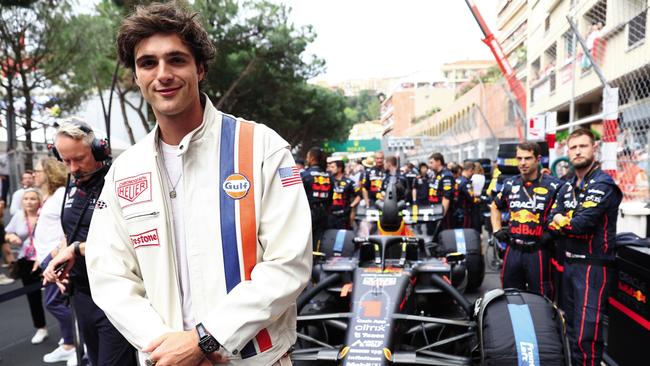
Federica Levato, a partner at research company Bain and co-author of its most recent luxury insights report, says we can expect to see more engagement of luxury brands with sport as these businesses seek to “expand their territories of conversation and therefore audience”.
The entwining of sport and culture will also be seen in the release in June of the Brad Pitt-helmed Formula 1 film, F1, shot at real races around the world. Swiss watchmaker IWC Schaffhausen has partnered with the movie and several of its watches will be worn throughout. Meanwhile, Hamilton will co-chair the Met Gala in May, which this year celebrates the museum’s Superfine: Tailoring Black Style exhibition. He will be joined on the committee by Louis Vuitton menswear creative director Pharrell Williams and basketballer LeBron James. Hamilton also serves as producer and driving consultant on F1, which will release the same year he makes a highly publicised debut in the driver’s seat for Ferrari, after a record-breaking 12 seasons with Mercedes Benz.
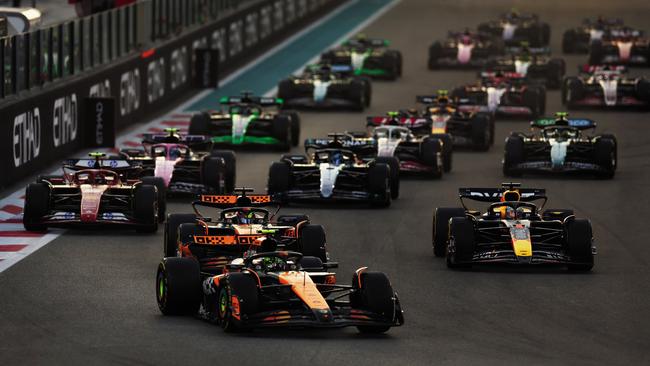
The investment of LVMH involves its biggest brand, Louis Vuitton. The maison becomes the official partner of F1 and, for this particular race, title partners. The Melbourne event will be the F1 Louis Vuitton Australian Grand Prix 2025 and, like it has done for other global F1 races and sporting codes, Louis Vuitton will craft the bespoke trophy trunk for the winner. LVMH’s Moët & Chandon returns as the official Champagne sponsor.
Toni Cowan-Brown, a San Francisco-based tech and F1 commentator, and founder of Sunday Fangirls, a project launched to combat stereotypes of female motorsports fans, says the LVMH investment is a major step forward for the sport. More than fiscally, she sees it as a “bet on the future of cultural influence”.
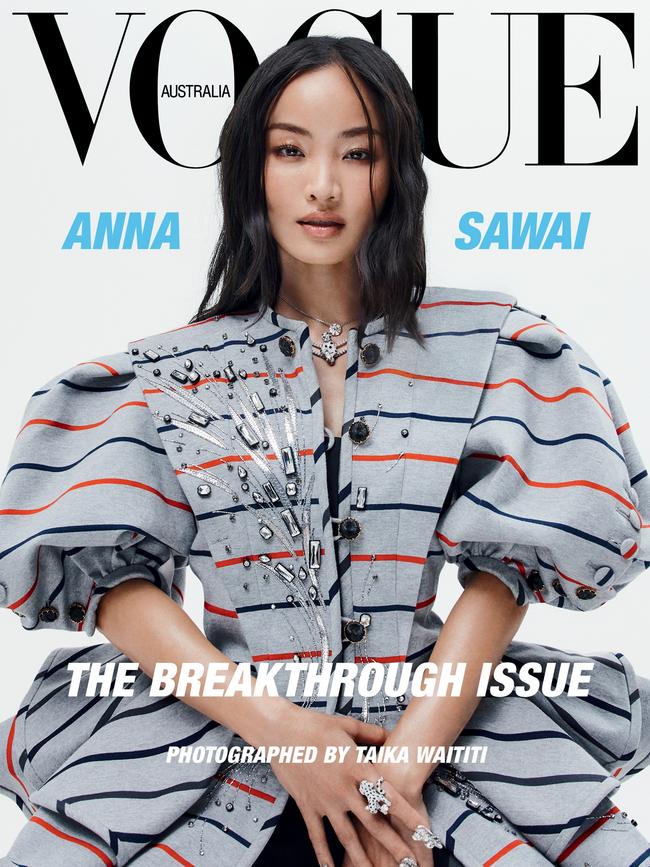
“This one-of-a-kind investment in the history of F1, to me, highlights just how far F1 has come in the past few decades,” she says, pointing out that almost all teams on the grid are now profitable. Something, she says, wasn’t always the case.
Cowan-Brown agrees there is a symbiotic and authentic relationship between sports and luxury. Sport, she notes, is a safe haven in turbulent and uncertain times (and uncertainty is anathema to luxury). “The combination of emotional resonance and long-term fan loyalty makes sports a relatively secure investment compared to volatile sectors like tech,” she says. “In short, sports fans aren’t going anywhere.”
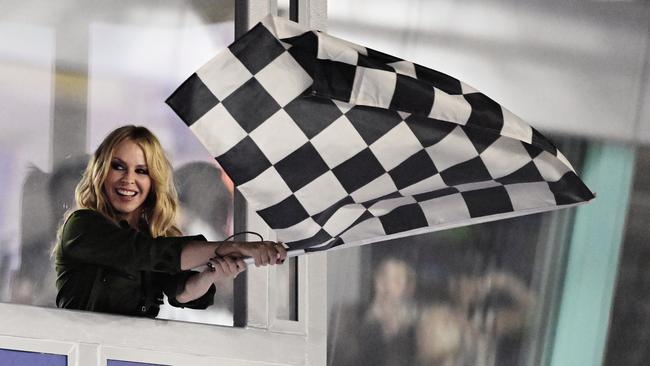
Cowan-Brown is a long-time fan of Formula 1. Her first time sitting trackside was in 1991 in Belgium, which happened to be the first F1 weekend for future seven-time world champion and racing legend Michael Schumacher.
What she loves about the sport most – beyond the history, the innovation and the complex and layered characters within it – is that it intersects with so many other things she’s interested in.
“I often joke that I use F1 as my excuse to talk about evolving technology, the business of sports, the evolution of fandoms, the shifting media landscape and the role of politics in sports,” she shares. “Sports is a great way to get people to care about all of these important topics.” Little wonder, then, that luxury brands want in.
This story is from the March issue of Vogue Australia, on sale now.


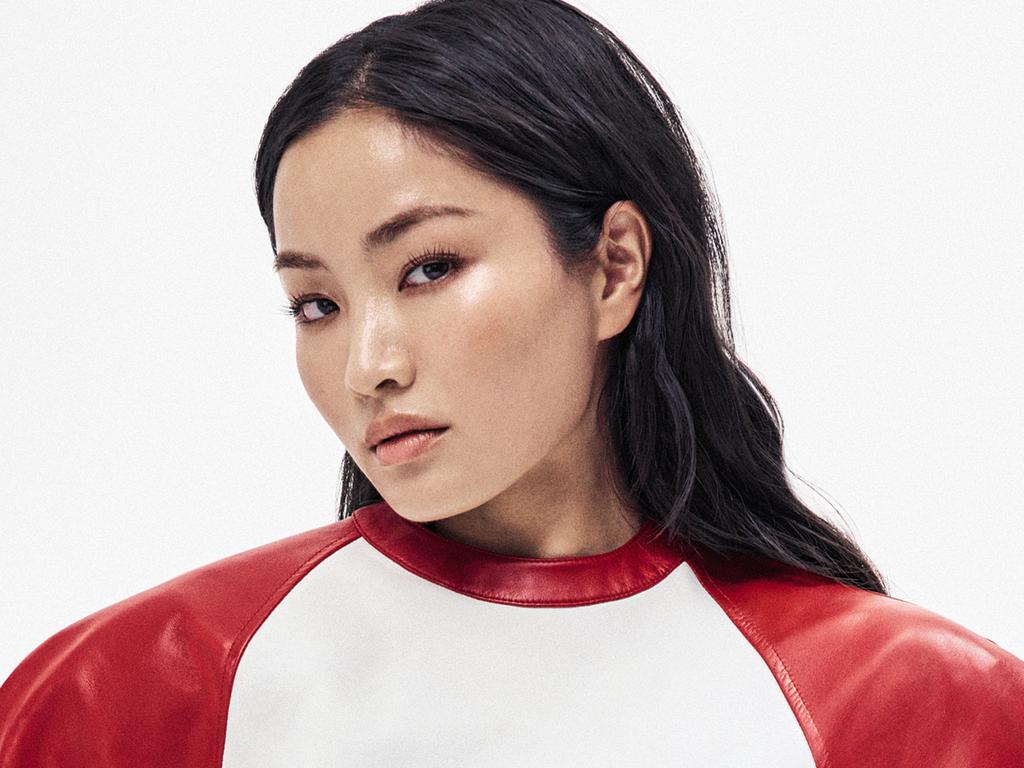
To join the conversation, please log in. Don't have an account? Register
Join the conversation, you are commenting as Logout